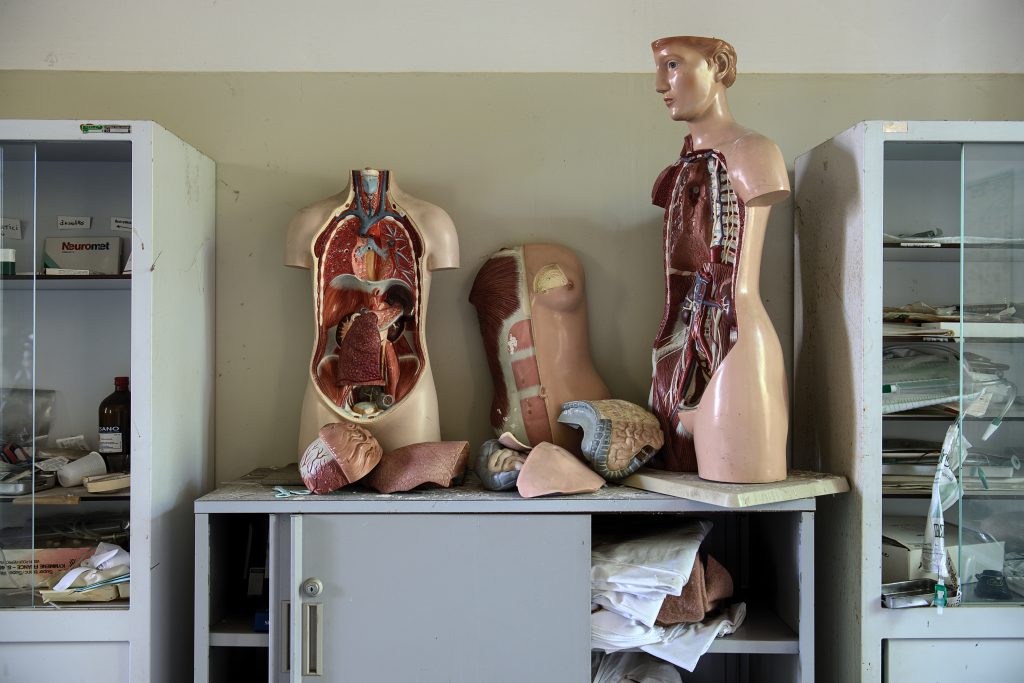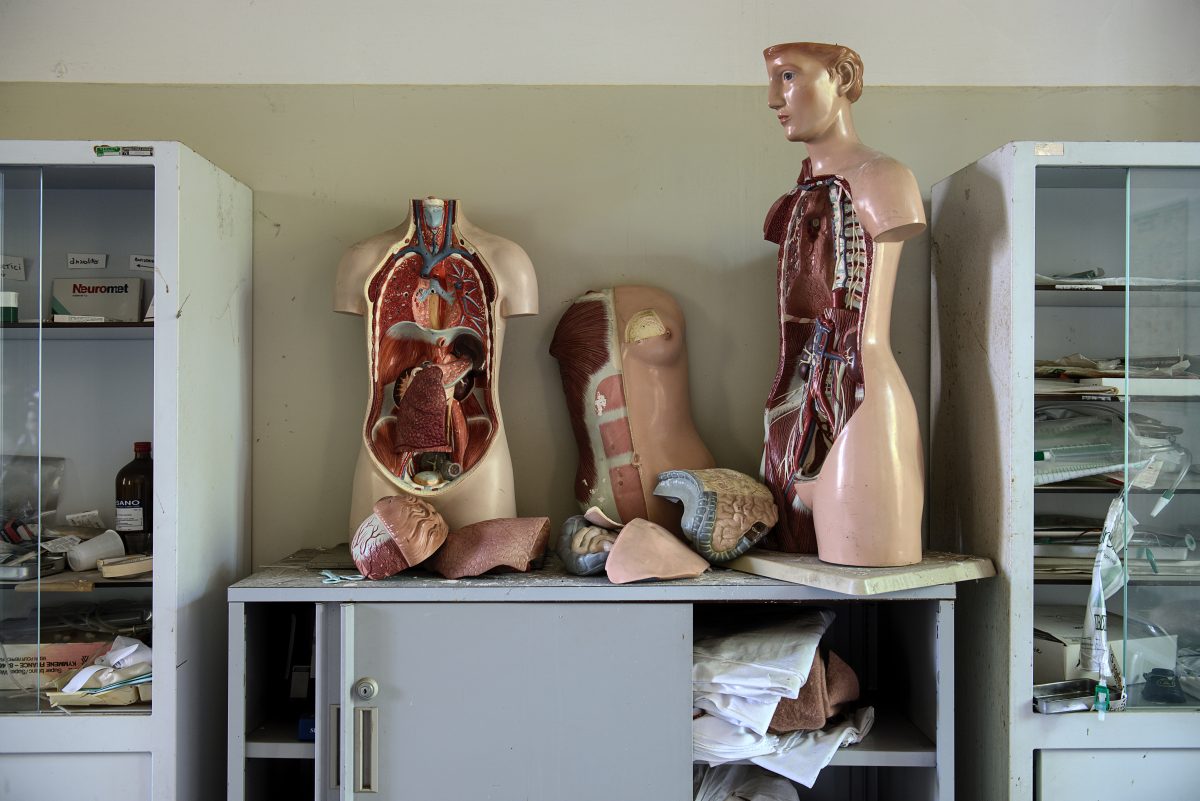The third leading cause of premature death in the UK is liver disease
Apart from the adverse psychological, social and financial damage caused by prolonged use of alcohol, physical problems are a grim reality. Alcoholism threatens every cell and organ of the drinker’s body, including the brain, heart, liver, gastrointestinal and central nervous systems.
Alcohol-related liver disease in the UK
Last year saw a sharp rise in alcoholic liver disease. A report on alcohol consumption and its harmful effects during the COVID-19 pandemic shows an unprecedented increase in alcoholic liver disease deaths. In 2020, England recorded 5,608 alcoholic liver deaths, a rise of 21% compared to 2019.
Since 1970, deaths due to liver disease in the UK have increased by 400%. Over 40 people die every day from liver disease in the UK. Compare this to other major killer diseases, such as heart disease and cancer, in which the number of deaths has either remained stable or decreased.
90% of liver disease is preventable. Three-quarters of people with liver disease are currently diagnosed at a late stage when it is too late for lifestyle changes or intervention.

Alcohol and the liver
The most common cause of liver disease is alcohol. Alcohol-related liver disease accounts for over a third of liver disease deaths. The more someone drinks, the higher their risk of developing liver disease.
Let’s look at what it can do to the liver.
One of every ten or twenty alcoholics (5 to 10 per cent) will develop liver disease. Virtually every drinker, alcoholic and nonalcoholic, experiences some buildup of fat in the liver because alcohol interferes with the liver’s ability to process fat. As fat is deposited in the liver cells, the liver enlarges. A swollen, tender liver, considered the first stage of alcoholic liver disease, is a clear sign of alcohol-induced liver damage.
The second stage of liver disease is alcoholic hepatitis (as distinguished from serum and infectious hepatitis); only a minority of alcoholics develop this condition, characterized by active inflammation of the liver, cell destruction, and some degree of permanent liver damage. Symptoms include liver swelling, pain, tenderness, nausea, fatigue, fever, and jaundice. A telltale sign of a diseased liver, jaundice, is caused by the liver’s inability to eliminate dead red blood cells, which leads to a yellowing of the skin and the whites of the eyes.
A sick liver cannot produce sufficient amounts of proteins and blood-clotting factors, nor can it adequately control levels of cholesterol, fatty acids, and triglycerides. In men, a diseased liver cannot detoxify female sex hormones; combined with direct alcohol-related damage to testicular tissue, and it may result in loss of hair on the chest and upper body, loss of facial hair, enlarged breasts, and shrunken testicles. Alcoholism is also the second leading cause of impotence in men. In women, alcoholism disrupts the balance of sex hormones and is a significant cause of amenorrhea (loss of regular menstrual cycles).
Because alcohol interferes with the liver’s ability to convert glycogen into glucose, prolonged heavy drinking can lead to blood sugar fluctuations, hypoglycemia (low blood sugar), and serious complications of diabetes. The liver also plays a vital role in immunity, manufacturing proteins essential for antibody production and a robust immune system. As a result, heavy drinkers are more susceptible to viral and bacterial infections, such as Covid-19, pneumonia, skin diseases such as psoriasis and acne, cancer, and AIDS.

“Beer belly”
As liver disease advances, the liver cells, which normally line up in neat rows to allow blood to flow uninterruptedly, randomly clump together. Like boulders clogging up a river, the disorganized cells obstruct the free flow of blood and other body fluids, which can back up in the abdomen and create the classic “beer belly.” A swollen, tender abdomen in a heavy drinker is not a symptom of weight gain from drinking too much beer. A heavy drinker’s bloated belly is due to an abnormal accumulation of fluid in the abdominal cavity, a clear sign of alcoholic liver disease. Blood can back up into the paper-thin veins of the oesophagus, leading to a condition called oesophagal varices. If the veins burst and the bleeding is not stopped immediately, the person will die.
If the alcoholic continues to drink, more liver cells become inflamed and die. Healthy liver tissue is gradually replaced with fibre and scar tissue; this condition, called alcoholic cirrhosis, is the third stage of alcoholic liver disease. Blood flow is significantly reduced, the blood becomes saturated with the toxin, and over time the liver begins to resemble a moonscape: dusty, dry, and incapable of sustaining life. Cirrhosis of the liver occurs in an estimated 8 per cent of alcoholics and seven times as often as in nonalcoholics. An estimated two-thirds of alcoholics with cirrhosis will survive if they stop drinking. If drinking continues, death typically results from liver failure.
If you or a loved one is struggling with an addiction, call Freephone 0800 140 4044
Freephone: 0800 140 4044
Local rate: 0300 330 3040

